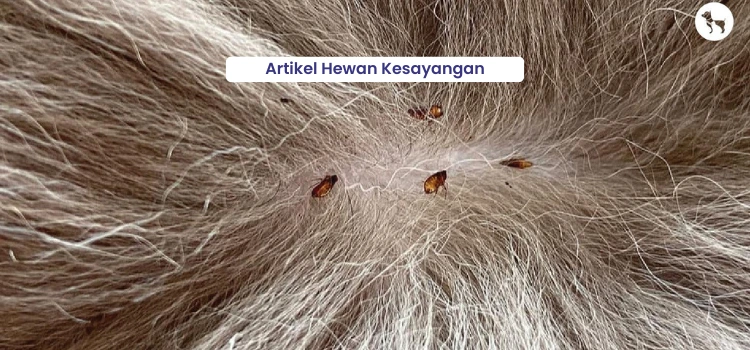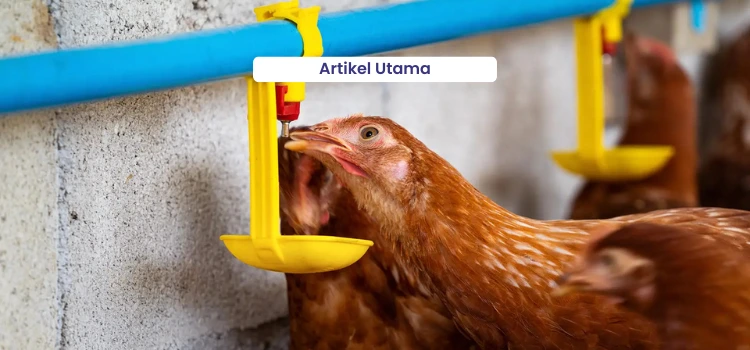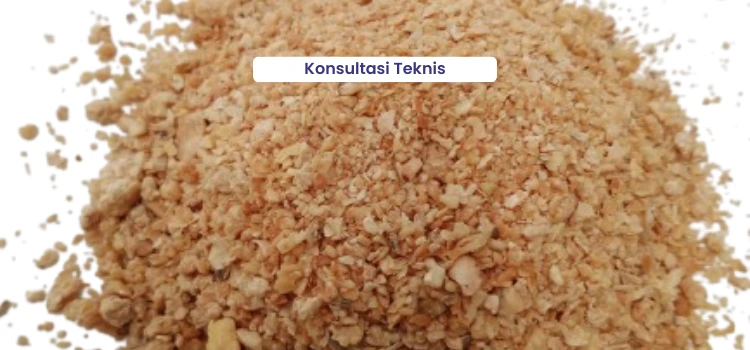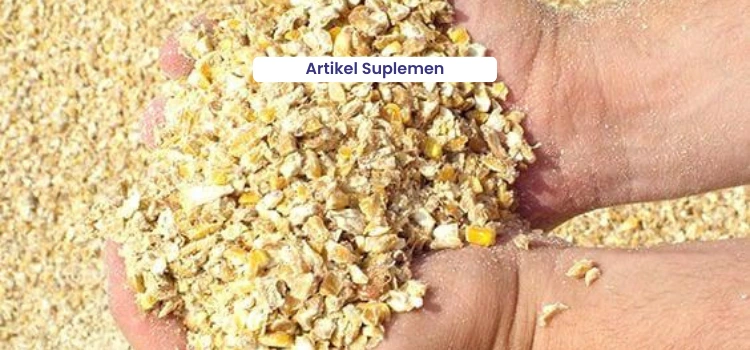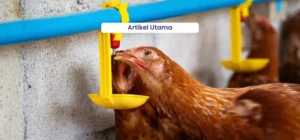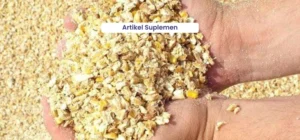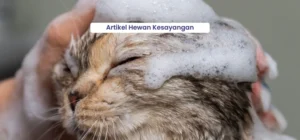Parasites can be one of the common causes of disease in cats and dogs. They live on the host’s body and absorb nutrients from the animal. In general, parasites are divided into two types: those that live on the host’s surface (ectoparasites) and those that live inside the host’s body (endoparasites). Fleas are one type of ectoparasite commonly found on the surface of cats and dogs. Other ectoparasites include lice, mites, and ticks. Each ectoparasite has a different form, but all can cause health problems affecting the host’s skin or fur.
Fleas and Other Ectoparasites in Cats and Dogs
Cats and dogs can serve as ideal hosts for various ectoparasites such as fleas, lice, mites, and ticks. These four ectoparasites each have distinct characteristics, as follows:
1. Fleas
This parasite is small but still visible to the naked eye, with very limited movement. Fleas lay their eggs on the host’s hair strands and usually remain on the same host throughout their life cycle. The species commonly found in cats is Felicola subrostratus, while in dogs it is Trichodectes canis.
2. Pinjal
Like fleas, lice are visible to the naked eye, but they move very quickly, making them easy to distinguish. Lice move by jumping, and thanks to their long hind legs, they can leap many times their body length. They can transfer from one host to another, and the eggs they lay will fall and hatch in the environment. The species of lice commonly found on cats is Ctenocephalides felis, while the one found on dogs is Ctenocephalides canis.
3. Mites
Mites are very small ectoparasites that can only be seen under a microscope. There are several types of mites, such as Otodectes cynotis (ear mites), which live in the ear canal, and hair follicle mites like Sarcoptes sp. (in dogs) and Notoedres cati (in cats).
4. Ticks
Tick is the largest ectoparasite compared to the previous three, making it easily visible to the naked eye. Ticks move from one host to another during their developmental stages and are commonly found in areas of the host’s body with little hair, such as the ears, leg folds, or between the toes.
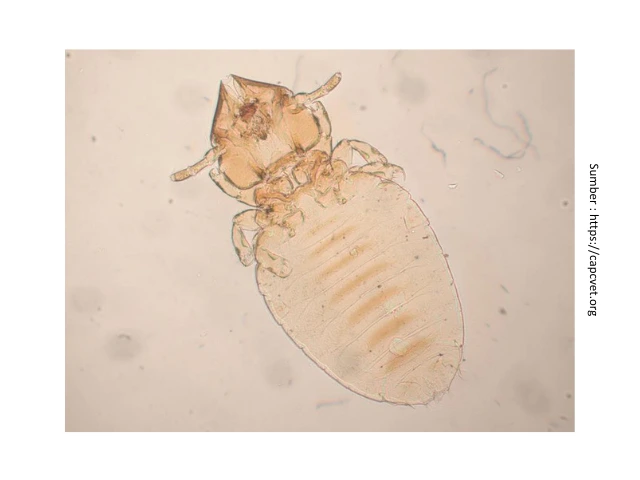
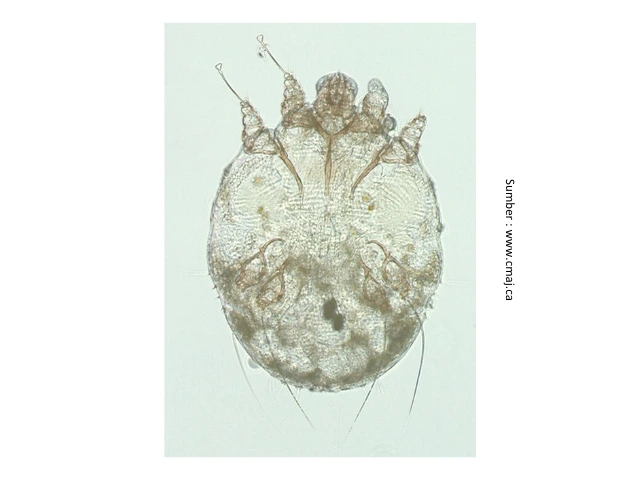
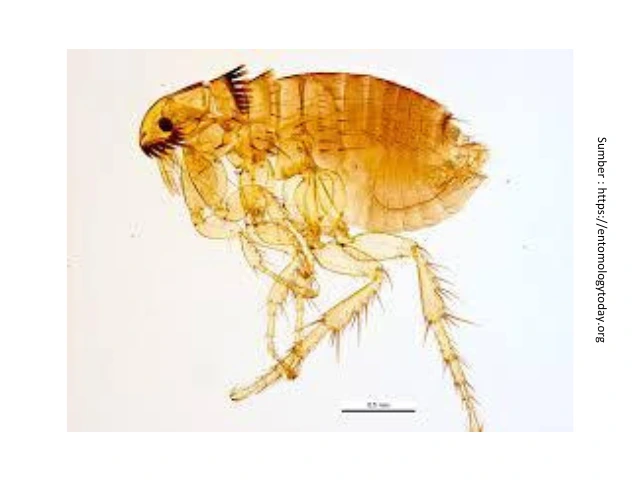
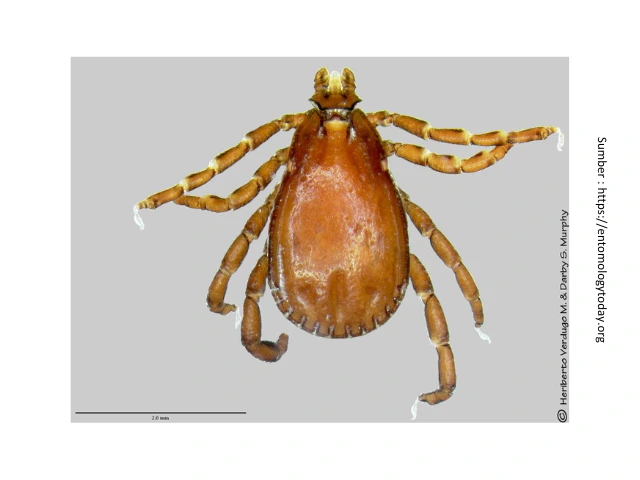
Symptoms and Effects of Ectoparasite Infestation
Cats and dogs can contract ectoparasites from the environment or from other animals that have already been infested. Cases of ectoparasite infestation may occur in both young and adult cats or dogs. The symptoms caused by these ectoparasites can vary, such as:
- Animals often scratch themselves frequently due to itching.
- Coarse and falling hair.
- Scabs or crusts on the skin.
- Redness or inflammation of the skin.
- Persistent dirt or debris buildup in the ear canal.
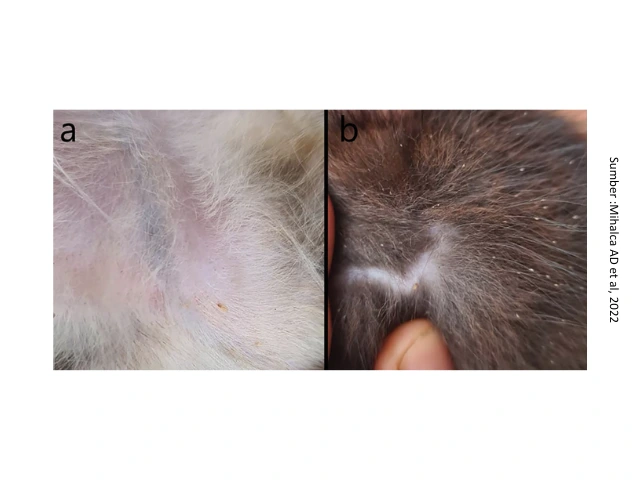
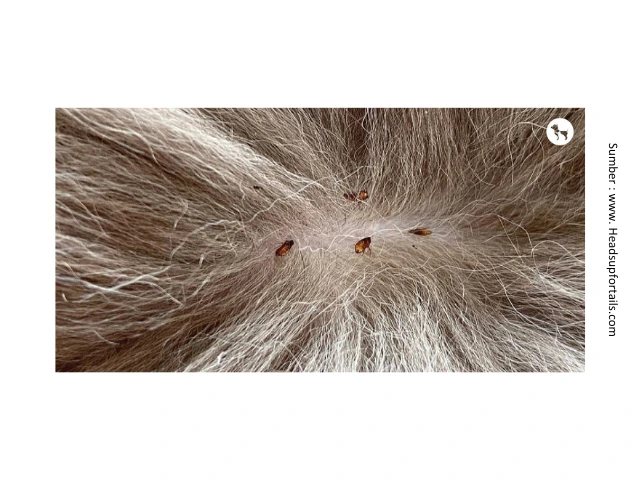
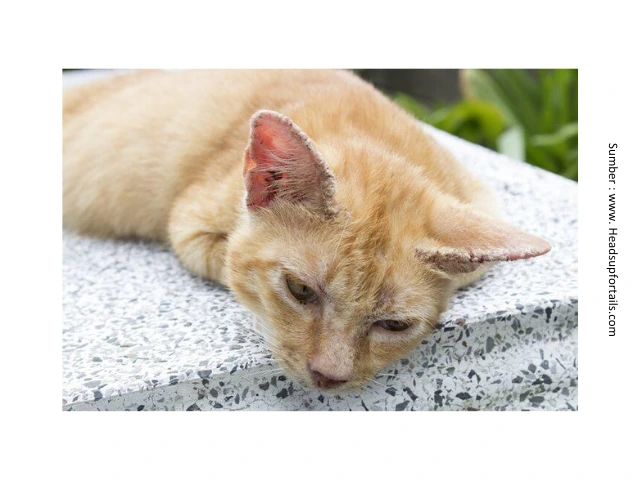
Although ectoparasites are small in size, their impact can lead to various health problems. Cats and dogs that feel itchy due to ectoparasites often scratch their bodies excessively, which may cause wounds and make them prone to secondary bacterial infections. Ectoparasites found on cats and dogs can also act as vectors that transmit several diseases, such as worm infestations or blood parasites. Another possible effect is the risk of an allergic reaction in cats and dogs (Flea Allergy Dermatitis).
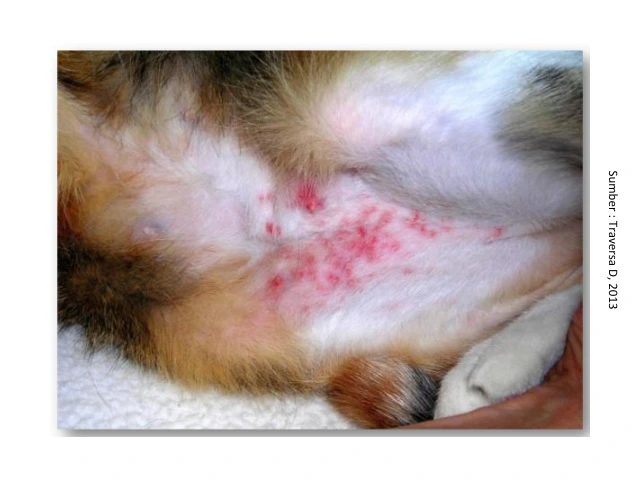
Treatment of Fleas and Other Ectoparasites
Cases of flea and other ectoparasite infestations in cats and dogs require comprehensive treatment to achieve good results. In addition to administering medication to the animals, it is also necessary to treat their surrounding environment. The following are several treatment measures that can be carried out:
- Give Golden Pet Anti Flea & Tick For Cats or Golden Pet Anti Flea & Tick For Dogs to eliminate fleas and other ectoparasites by applying the solution to the back of the animal’s neck. Golden Pet Anti Flea & Tick For Cats and Golden Pet Anti Flea & Tick For Dogs can be used on cats or dogs aged at least 8 weeks. If ectoparasite infestation is found in kittens or puppies under 8 weeks old, use Golden Pet Anti Flea & Tick Spray, which is safe to apply from 2 days of age.
- Golden Pet Anti Flea & Tick for Cats, Golden Pet Anti Flea & Tick for Dogs, and Golden Pet Anti Flea & Tick Spray provide protection for up to 1 month against ectoparasites. Therefore, the anti-ectoparasite treatment program for cats or dogs can be administered once a month. All three products are also safe for use on pregnant and nursing animals.
- Avoid allowing your pets to come into contact with animals that are already infested with ectoparasites, or limit their interaction with stray cats.
- Maintain the cleanliness of your cat’s or dog’s body by regularly brushing their fur or bathing them.
- Maintain the health of your pet’s skin and coat by providing vitamin supplements.
- Maintain environmental cleanliness by regularly cleaning cages and surrounding areas. Clean the living environment of cats and dogs, such as carpets, bedding, and chairs, regularly. Use a vacuum cleaner for a more thorough result.

